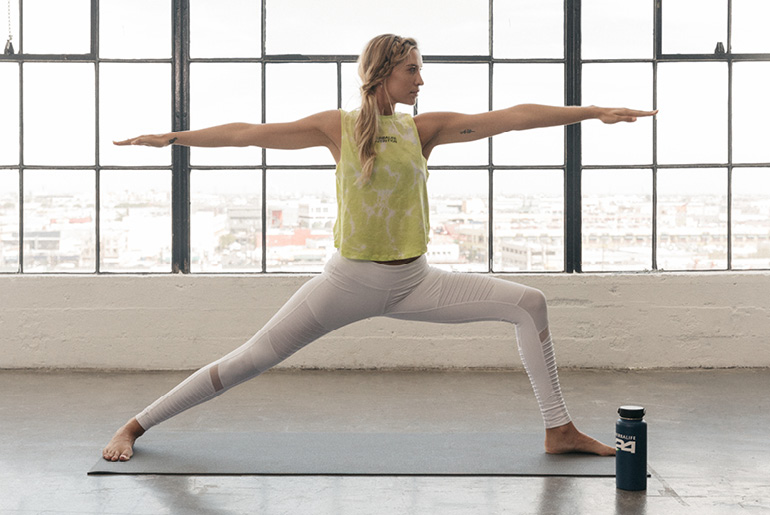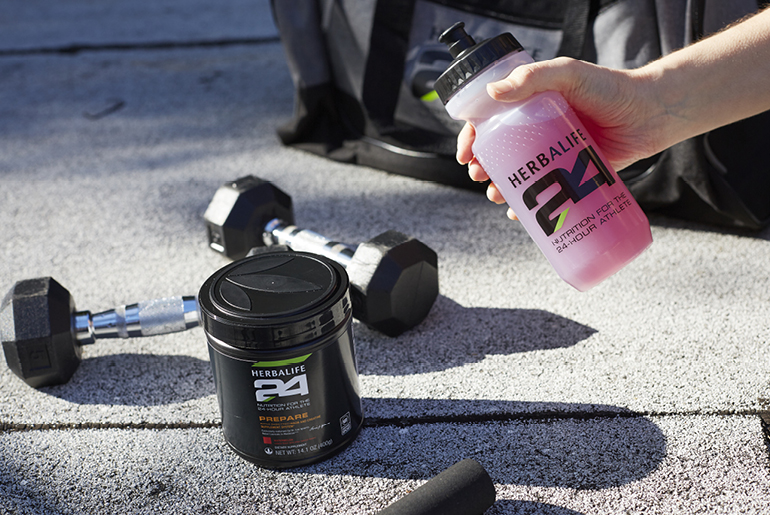Why Maintaining Mobility Is Key to Healthy Ageing

You might not give a second thought to everyday actions like doing yoga in your living room, cleaning the kitchen, or taking a bath, but they all have one essential thing in common: mobility.
Optimal mobility, defined as relative ease and freedom of movement in all of its forms, is central to healthy ageing. Since our priorities change and we don’t always maintain our physical activities as we age, we often lose the strength required to maintain healthy ranges of motion across our joints.
Healthy Joints = Increased Mobility
Good joint health is essential for mobility. As a person ages, changes occur in joint mobility that can influence overall health and function.
Appropriate physical activity at any age reduces joint pain and strengthens the muscles which surround the joints.
Decreased Mobility Can Lead to Injury
When we become less active, our muscles tighten, flexibility diminishes, and range of motion decreases. Injuries typically happen when a muscle or joint is stretched or strained beyond its capacity. A lack of adequate mobility in joints can create imbalances that will likely result in compensated movements and increased risk for injury.
So, what can you do to improve your mobility?
How Regular Exercise Improves Mobility
Exercising on a regular basis has immense benefits, including improving joint mobility and your sense of well-being. Examples of mobility training exercises include foam rolling, mobility drills, and stretching.
Studies have shown that interventions aiming to increase muscle strength will improve mobility. Physical activity, particularly walking, plays a key role in the maintenance of mobility, especially among the older population.
Stretching has also been used in many physical activities to increase the range of motion around a joint. Controlled dynamic stretching will increase joint range-of-motion and enhance muscle power better than both static stretching (stretch and hold) and ballistic stretching (stretch and bounce), according to a study published in Sports Medicine.
The Importance of Being Flexible and Mobile
‘Mobility’ and ‘flexibility’ are often used interchangeably but are not the same. With healthy mobility, you can move your arm forward, backward, side-to-side, and in circles. On the other hand, flexibility is the ability of a muscle to stretch – which is what allows you to move your arm.
Although they are related, the difference between mobility and flexibility matters because it affects athleticism and injury risk. As mobility includes moving through a full range of motion, you need flexibility in those muscles to be mobile.
Mobility helps correct our muscular imbalances, improves our posture, helps prevent injuries, allows us to move more efficiently, and gives us a better range of motion during our workouts and everyday movements.
Daily physical activity combined with a healthy balanced diet can support the health of your muscles, bones, and joints and keep you moving at any age.
By SAMANTHA CLAYTON
OLY, ISSA-CPT
Vice President,
Worldwide Sports Performance and Fitness
Always read the label – use only as directed.
Before embarking on any physical activity, please consult your physician.





